Museums might be closed but in this video you can learn to make your own natural history museum at home! Include a favorite exhibit from the Santa Cruz Museum of Natural History as well as your own curations.
Post by Elise.
Museums might be closed but in this video you can learn to make your own natural history museum at home! Include a favorite exhibit from the Santa Cruz Museum of Natural History as well as your own curations.
Post by Elise.
Do you enjoy looking at flowers? What do you want to learn about flowers? Use this step-by-step guide to learn about the different parts of a flower through illustration. Afterwards you will be able to identify perfect and imperfect flowers.
Explore more about plants with the resources in our Online Museum Store.
Post by Elise
The Geology Gents are on the case! Follow the clues and learn how to identify if the rock you’ve cornered is igneous, sedimentary, or metamorphic.
Discover some amazing properties of light with our Light Spectra Activity. Make your own scientific tool to see light in a new way–and figure out components of different sources of light!
Additional Resources:
This week’s Rockin’ Pop-Up explores the building blocks of rocks: minerals! Join Gavin and Graham for an exploration of how elements bond together to create the minerals that form various rocks.
All around us, things are constantly changing. Spring rains come and bring new flowers, baby birds are hatching from eggs, and new green leaves emerge on trees. Can you think of some ways you have observed changes in nature?
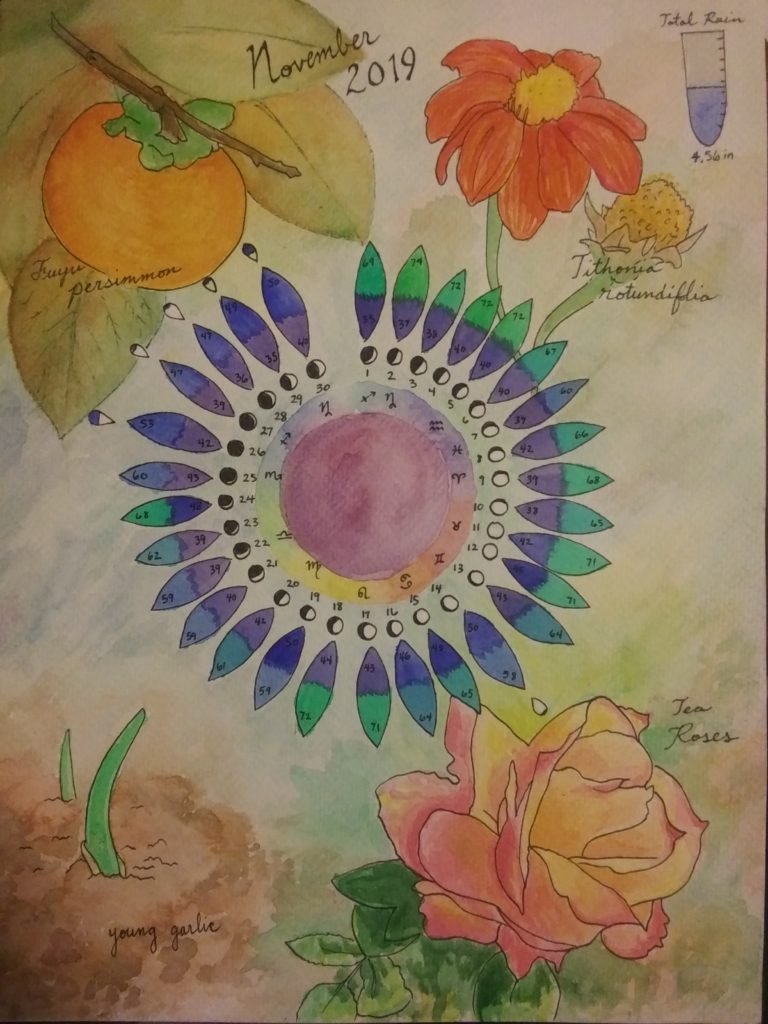
Here are some prompts to help inspire you to create your own wheel! Check out the detailed guide below for even more ideas.
Watch our Phenology Wheel Video.
Post by Ellen
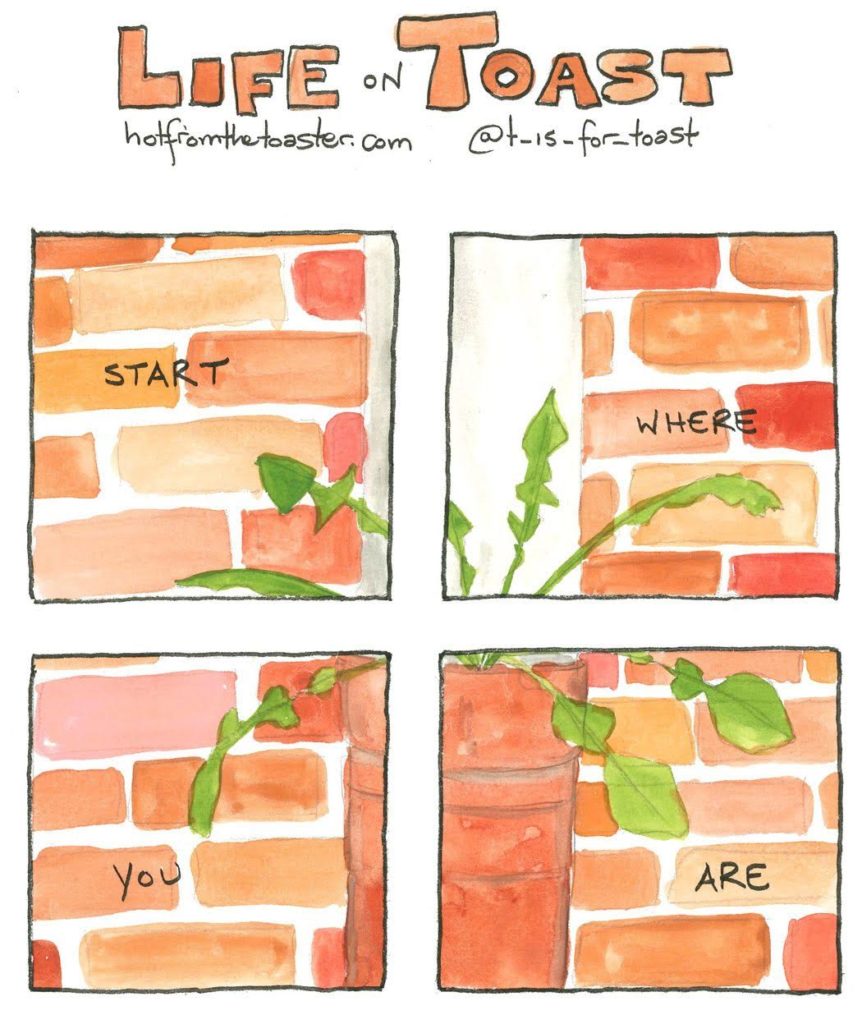
These pieces are a part of Life on Toast — a window into how I view the world. Essentially a one-panel comic, it is delineated into four frames. I had been enjoying other webcomics on Instagram and my favorites would show one panel at a time, with the fifth image being the whole comic. I designed Life on Toast for this medium. It followed from observations and doodles in my sketchbook, many with puns added but also bringing in elements of the scientific illustration work I’ve done and daily encouragements. Unlike other webcomics, I wanted mine to be hand-drawn and hand-painted, yet shared electronically. Little did I know how important this would become once shelter-in-place was established. On many days, this tiny window is my only contact with the world.
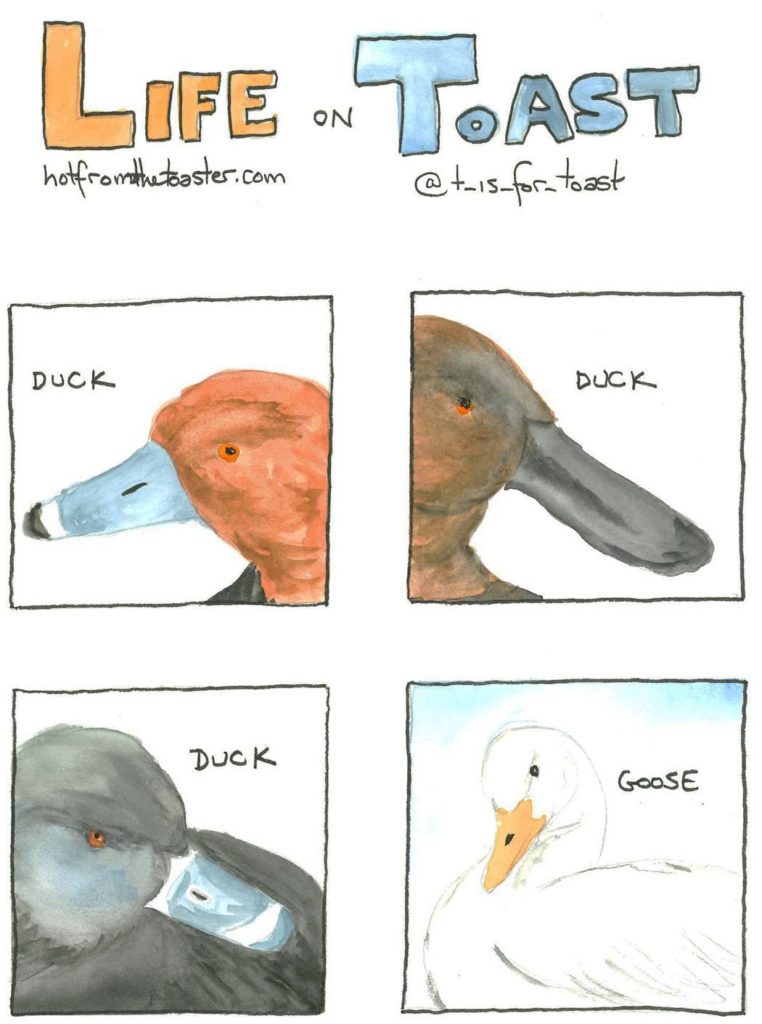
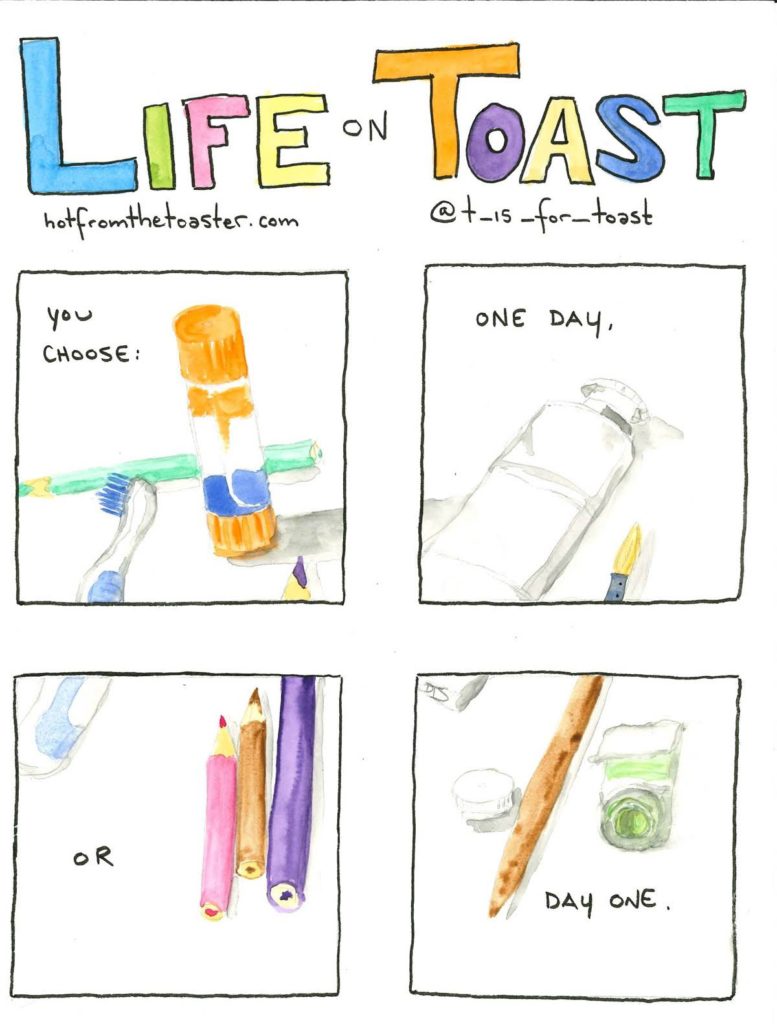
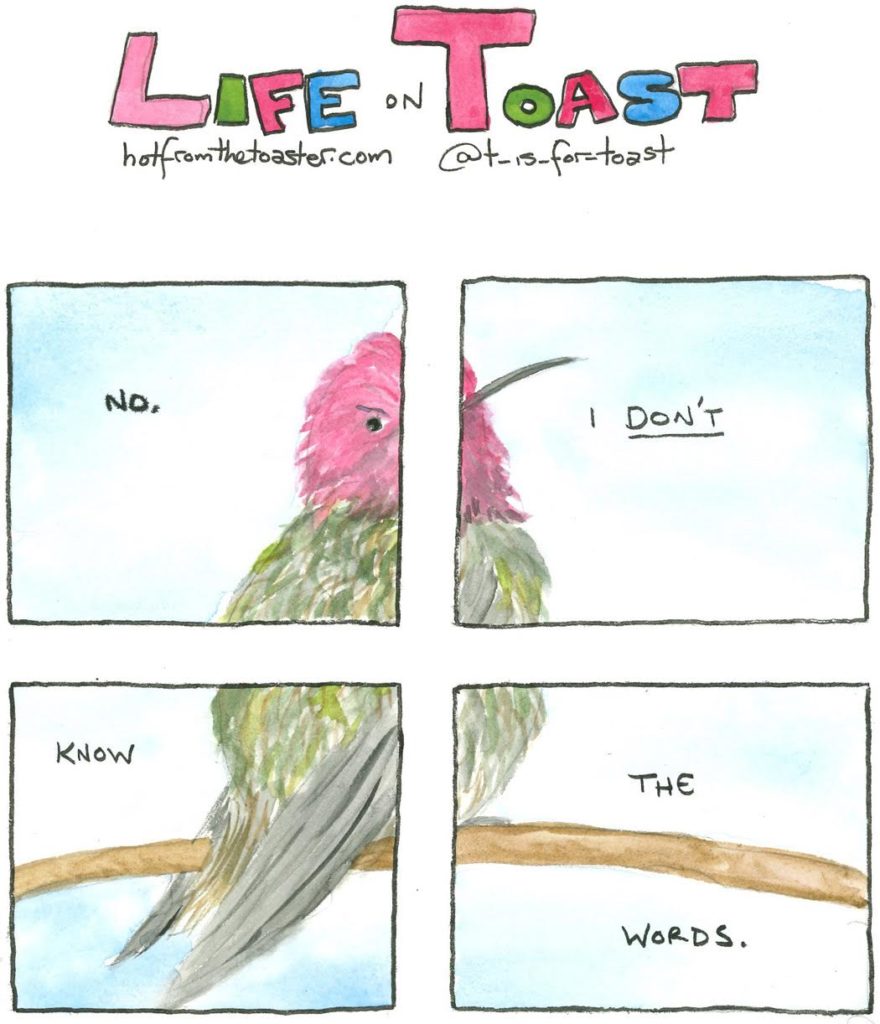
For years I have taken photos — many of them blurry or cluttered — as a way of keeping track of nature I see on hikes and dog walks, or the growth in my garden, when my sketchbook is out of reach. I use these reference photos later as part of Life on Toast and other art, like the piece I have in this year’s The Art of Nature exhibit. I draw the items I have collected over the years and keep around my house — rocks, bones, paint tubes — the detritus of my life as inspiration. Art can be made anywhere out of the things you see in the world around you. Take a look inside my electronic window and share my Life on Toast.
Diane T Sands describes herself as “illustrator, librarian, writer, nerd.” Explore her website and the virtual exhibit, The Art of Nature, featuring her piece Common Buckeye (Junonia coenia).
Week two of our virtual Rockin’ Pop-Up is all about the tools of the trade! We’re thinking about the questions you must ask of the rocks that you find and the tools you will need to answer those questions.
This live program was held on May 4, 2020 and features a presentation from Christian Schwarz in conversation with Marisa Gomez, Public Programs Manager.
The world is changing rapidly — and not just in the way we’re all currently experiencing! Citizen science or community science is an immensely popular model of engaging the natural world, and can be done even while physically distancing.
Using mushrooms and the community of people who admire them as lenses to focus our discussion, we’ll talk about where we’ve come from with traditional science and where community science is taking us.
The Geology Gents get us started with an introduction to rock types and an overview of rock formations in Santa Cruz.